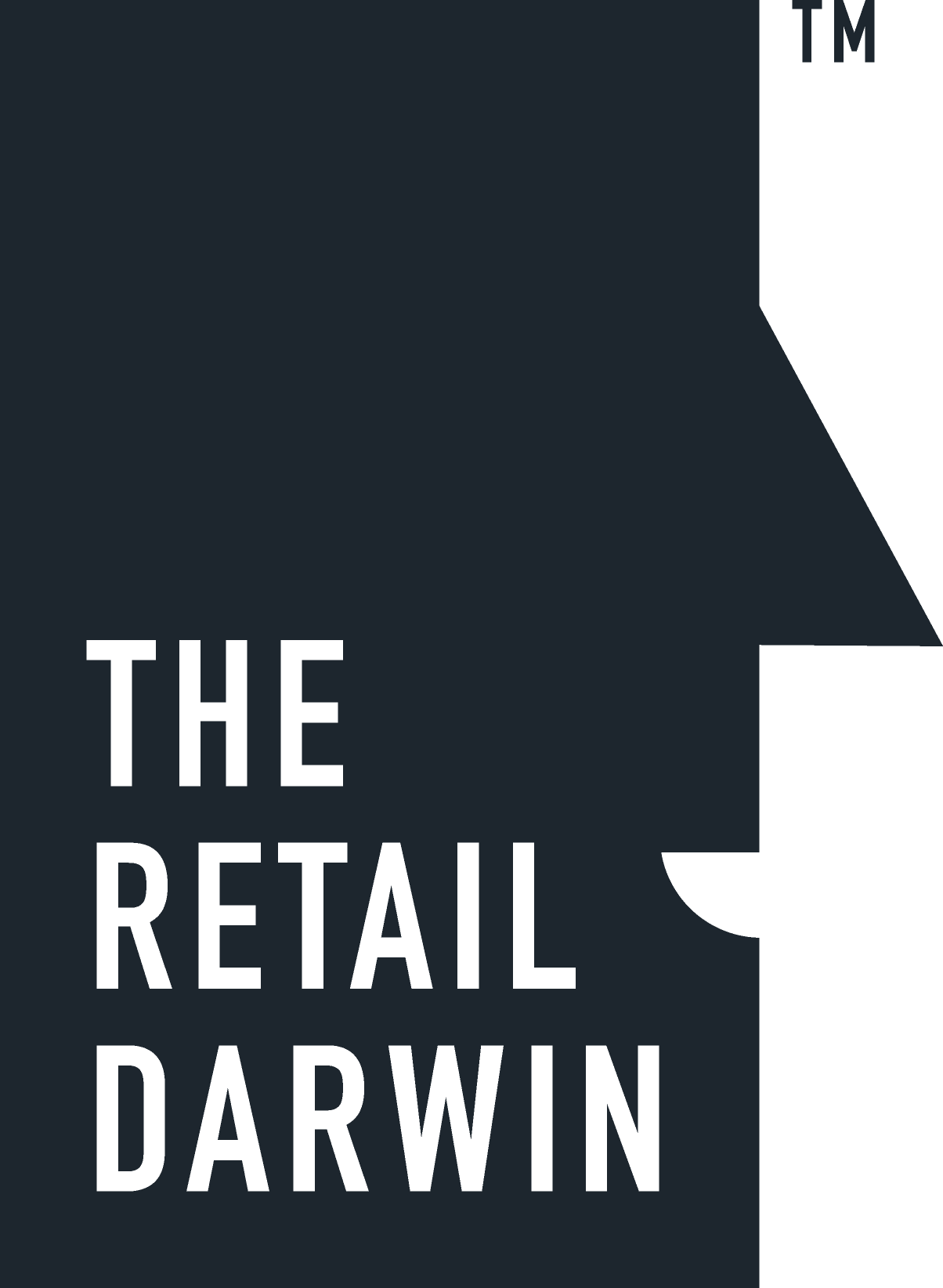Self Disruption
How heritage brands are starting to disrupt their own established business models
While heritage continues to be a key advantage of established fashion brands, it is no longer enough. To set themselves apart, younger consumers have been increasingly drawn to small, up-and-coming brands with unique and authentic narratives. Now, echoing this dynamic, incumbent players are also starting to think small and disrupt their own brands, offerings, and business models.
Luxury houses like Burberry and Celine carried out brand makeovers, creating the impression of having their finger on the pulse by refreshing their images. Others like Louis Vuitton are turning to streetwear to create a cooler image and have reflected that ethos in their talent strategies. Numerous established brands are rethinking their business models to reflect the trend of scarcity, faster fashion, and new channels. Many are moving away from the traditional fashion calendar and imitating the “drop” approach to release smaller and more frequent collections that elevate rarity and anticipation.
Heritage brands also embrace disruption by launching accelerators and incubators to experiment in more controlled environments (see Kering x Plug and Play, Gucci ArtLab, and LVMH’s La Maison des Startups at Station F in Paris). These initiatives help major players support innovators and absorb some of their most pioneering ideas and practices while maintaining their authenticity. “Constant change, but you still have to be yourself,” said Tiffany’s CEO Alessandro Bogliolo.
Source: BoF McKingsey&Company | The State of Fashion 2019 | Image: Pascal Le Segretain/Getty


